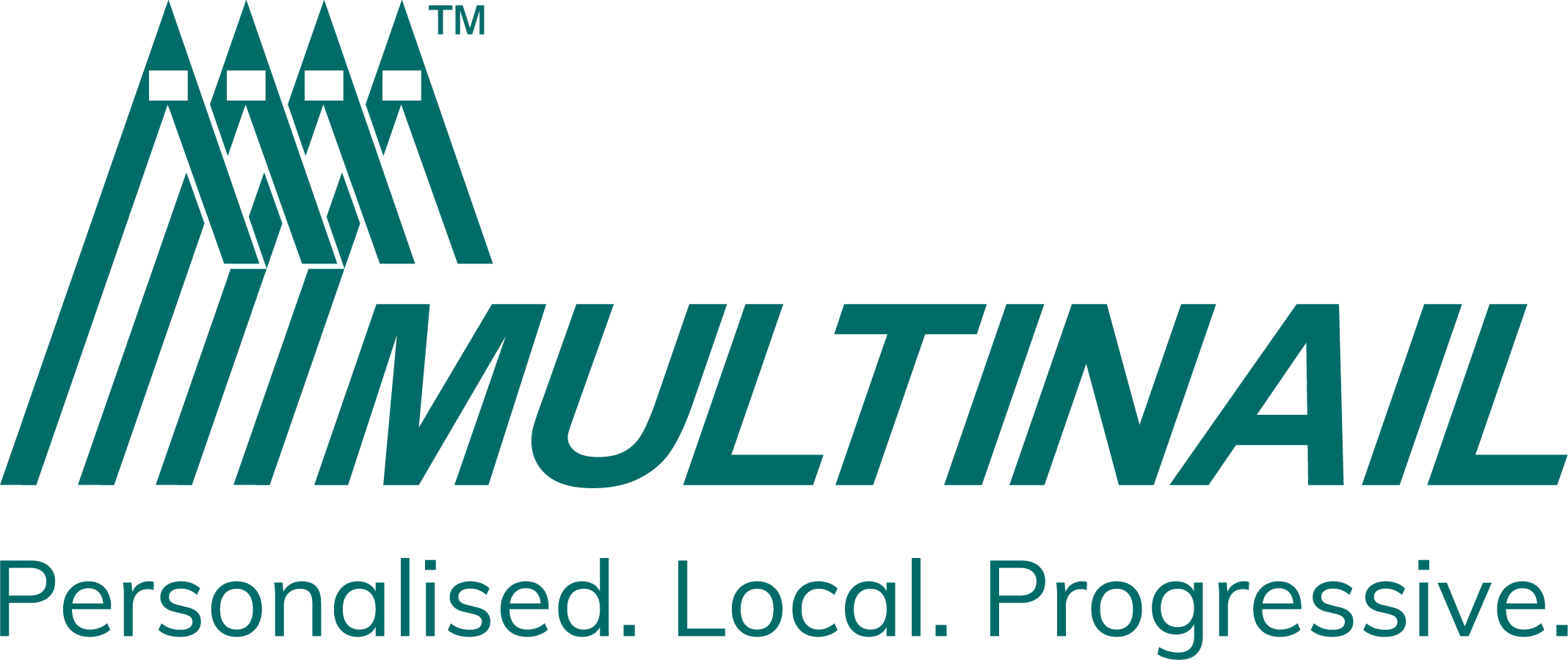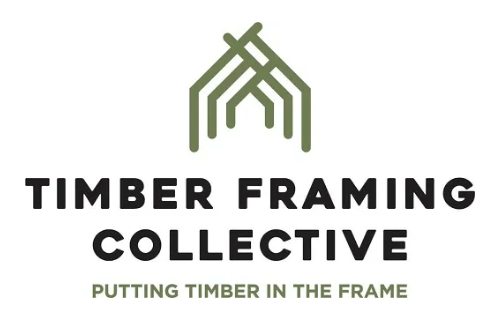
This piece was written and provided by the Timber Framing Collective.
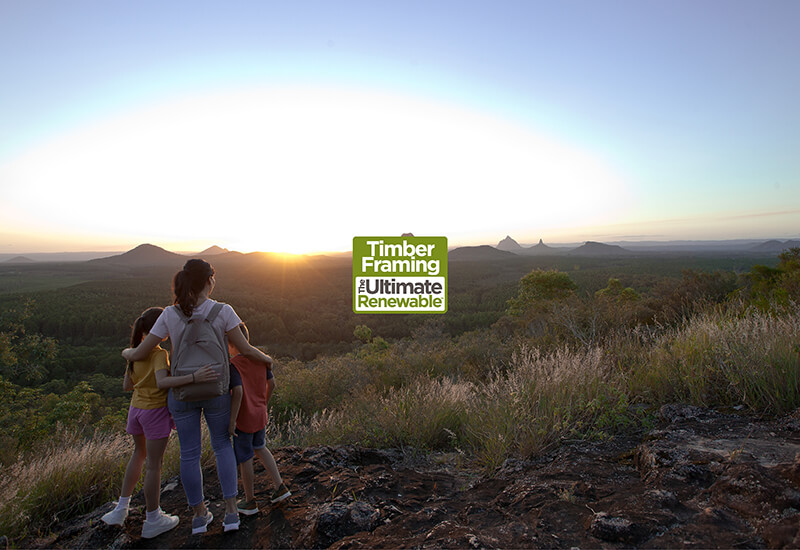
There’s no doubt that the world is shifting to sustainable and renewable materials, and the construction industry is no different. Whether it’s through recycled or sustainably sourced materials, people are starting to seriously think about the long-term effects of the choices they make when building a new home. And it’s time for timber framing to be placed firmly in the sustainable category—as the most eco-friendly framing option available.
Rene Klingstrom, Group General Manager at RILOW Property Group agrees that sustainability is becoming a huge part of the conversation.
“Clients are more involved in the impact their home has. So they’re more interested in the materials that go into it and whether or not they’re building something that’s going to leave a significant footprint when they’re gone.”
Klingstrom’s experience supported the Timber Framing Collective’s research that found almost 80% of consumers wanting sustainable building options from builders and suppliers. And from where Klingstrom is standing, there are two choices when it comes to framing materials—one that helps save the environment, and one that costs it.
“There is actually a lot of carbon stored in timber framing. When we worked out how much it was, it blew my mind. It’s just a massive amount.”
Timber framing’s carbon storage is incredible. An average timber framed home removes over eight tonnes of carbon dioxide from the atmosphere, which is equivalent to taking four cars off the road in a year. In sustainable plantations, trees are only harvested once their rate of carbon capture slows significantly, after around 30 years of growth. And for every tree that’s harvested, at least one more is planted in its place, which means over 70 million trees are replanted each year across Australia, growing the amount needed for a timber framed home in around two and a half minutes.
“Houses actually do grow on trees. Those are the sorts of messages people need to hear. That it’s a sustainable product and has a great by-product—it betters the environment,” Klingstrom says.
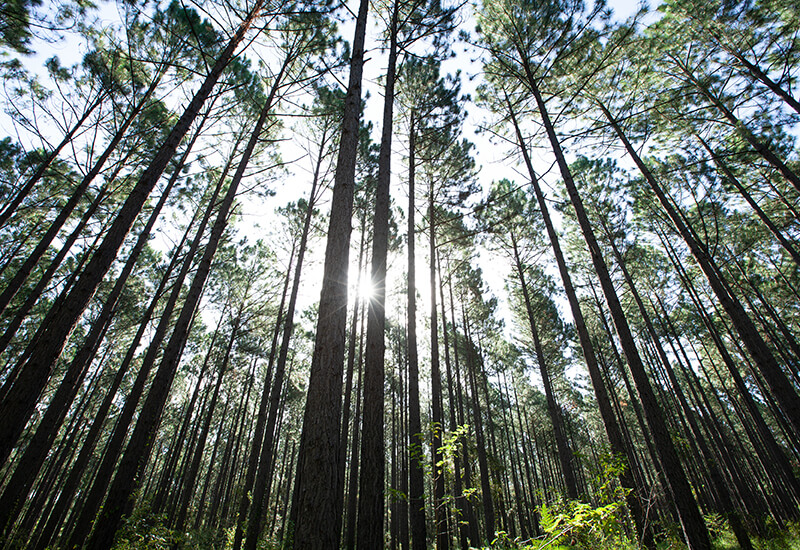
While most people are familiar with the many advantages of timber framing—strong, durable, fast to assemble, easy to work with, termite treated, fire predictable—research from the Collective exposed a giant gap in the industry’s knowledge of timber framing’s green credentials, with only 13% of consumers mentioning the environmental benefits and only 14% of builders. And many consumers still see cutting down trees as a bad thing. So even though the market is moving toward sustainable products, many people don’t place timber framing in that category. It’s time that changed.
“There’s far more education to be done with the environmental impacts of timber framing than anything else. For a vast majority of builders, it’s timber—it turns up on site, it’s been around forever and there is little correlation to its sustainability. The market awareness is just not there yet,” Klingstrom says.
The Collective’s research also showed that it’s not enough to simply share the environmental claim of timber framing—that it’s responsibly sourced and helps tackle climate change. Consumers want to know the specifics, which is why the Collective has developed a massive suite of resources that break the remarkable green claims of timber framing down into easy-to-understand and detailed messages, while also celebrating its practical benefits, the innovation in the industry and the people involved throughout production and supply.
The videos, brochures, social assets, posters, fact sheets, merchandise and more are there for anyone in the entire industry to use as their own promotional materials, making it as easy as possible for the industry to get this important message out there across every touchpoint.
“I think it’s like everything. If you’re passionate about the industry and you’re passionate about what you do, sharing the environmental windfalls of timber framing should be an easy thing to do. It should be something as an industry we support.”
You can download the resources from the Timber Framing – The Ultimate RenewableTM website, share them with your clients and networks and join the people committed to putting timber in the frame and building a better world.
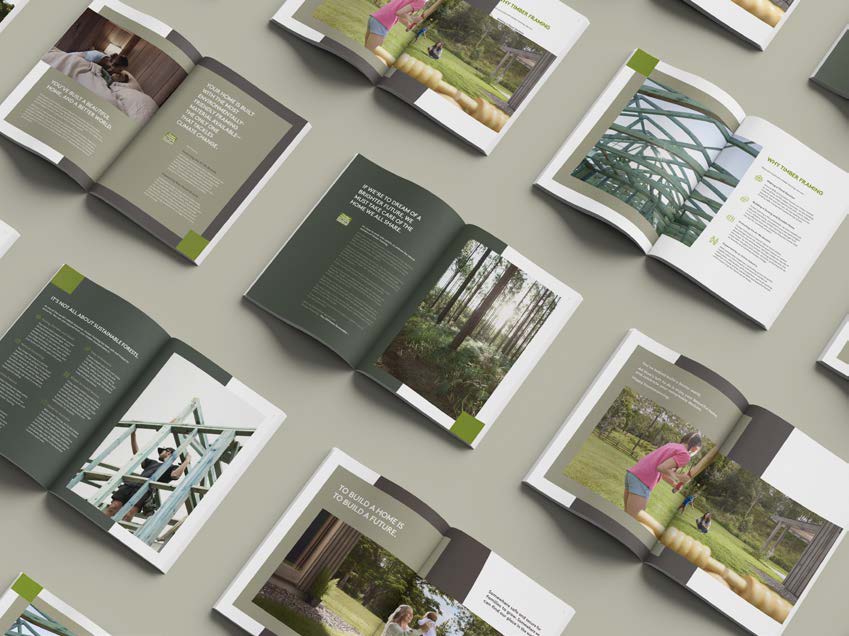
Our Principal Partners

